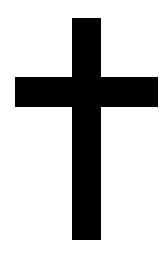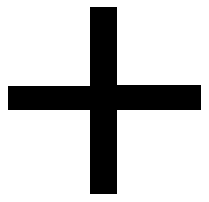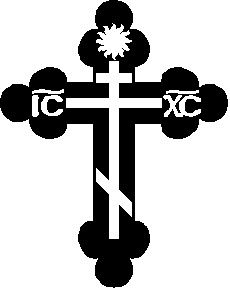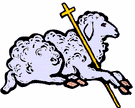Materials and Techniques Diagrams The Dove: A symbol of purity, resembling peace when it is shown bearing an olive branch, a white dove is the symbolic embodiment of the Holy Spirit The Fish: One of the earliest symbols for Jesus Christ. Because of its association with baptism in the water it is a symbol for all Christians The Lamb: Symbolizes Jesus' sacrifice on the cross as the Lamb of God, a flock of sheep represent the apostles The Four Evangelists: Saint Matthew is represented as an angel, Saint Mark is a lion, Saint Luke an Ox, and Saint John is shown as an eagle. The Monogram of the Chi-Rho: The initials 'X' and 'P' that make up the Chi-Rho were the first two Greek letters of the word Christos. The emblem was sometimes seen enclosed by a halo The Crosses: Latin, Greek & Roman: Symbolizes the suffering and triumph of Jesus' crucifixion and the resurrection of Christ Early Christian Church Plans



- Basilican Plan Church: COPIED PIC FROM BOOK
- Central Plan Church: COPIED PIC FROM BOOK
Compare and Discuss
- Dura Europos is the site of both a house-synagogue and a house-church. The synagogue survived primarily to the fact that it was infilled to strengthen the city's fortifications. The synagogue was built like a house and contained an assembly hall with a niche for torah scrolls, an alcove for women, and a courtyard. Jewish murals filled the synagogue's interior. They included narratives and symbolic scenes of Jewish history. The church was a typical Roman house with rooms and a courtyard and a second floor apartment. Artwork included murals above a niche with a water basin for baptism depicting the Good Shepherd and of Adam and Eve.
- The Santa Maria Maggiore was dedicated to the Virgin Mary. The mosaics show a renewed interest in the earlier classicizing style of Roman art. Mosaics along the nave wall illustrate Old testament stories of the Jewish patriarchs and heroes. Decorations in the church were meant to praise God through their splendor. It uses the basilca-plan.
The San Vitale uses the central plan. The design is a central-domed octagon extended by exedra-like semicircular bays. The whole of the domes rests on eight squinches and large piers. Artwork here include an image of Christ enthroned in the apse. Other images relate to its celebration of the Eucharist.
- The Pantheon appeared to be like any other classical temple as you approach it so the ornate and grand dome you see inside is not excepted. The Hagia Sophia is as grand outside as it is in. The exterior tells you have splendid the interior is. You have view of the dome and the half domes. The Hagia Sophia lacks the oculus of the Pantheon. Also instead on niches the dome of the Hagia Sophia has a band of windows at the base giving the dome the appearance it was floating.
Good Shepherd | Transfiguration of Christ | Christ Pantokrator | |
Here Christ is shown as a shepherd in imperial robes, a crowned halo, and carrying a staff with a cross on the top | Here Christ is shown standing in a blue halo that surrounds him and a gold halo that surrounds his head. He emits rays of light and stands beside the prophets Moses and Elijah. | Combines two persons: father and son; judge and savior. Christ is shown once again with a halo surrounding his head. Here he carries a bible | |
- The Katholikon is connected to the Theotokos. It lies on a central plan. Its dome is supported by squinches. It also contains a complex variety of forms such as domes, groin vaults, barrel vaults, pendentives, and squinches
The Santa Constanza consists of a rotunda and an ambulatory. It has Composite capitals and entablature blacks that support the arcade and dome. Interior is sheathed in mosaics and fine marble.







No comments:
Post a Comment